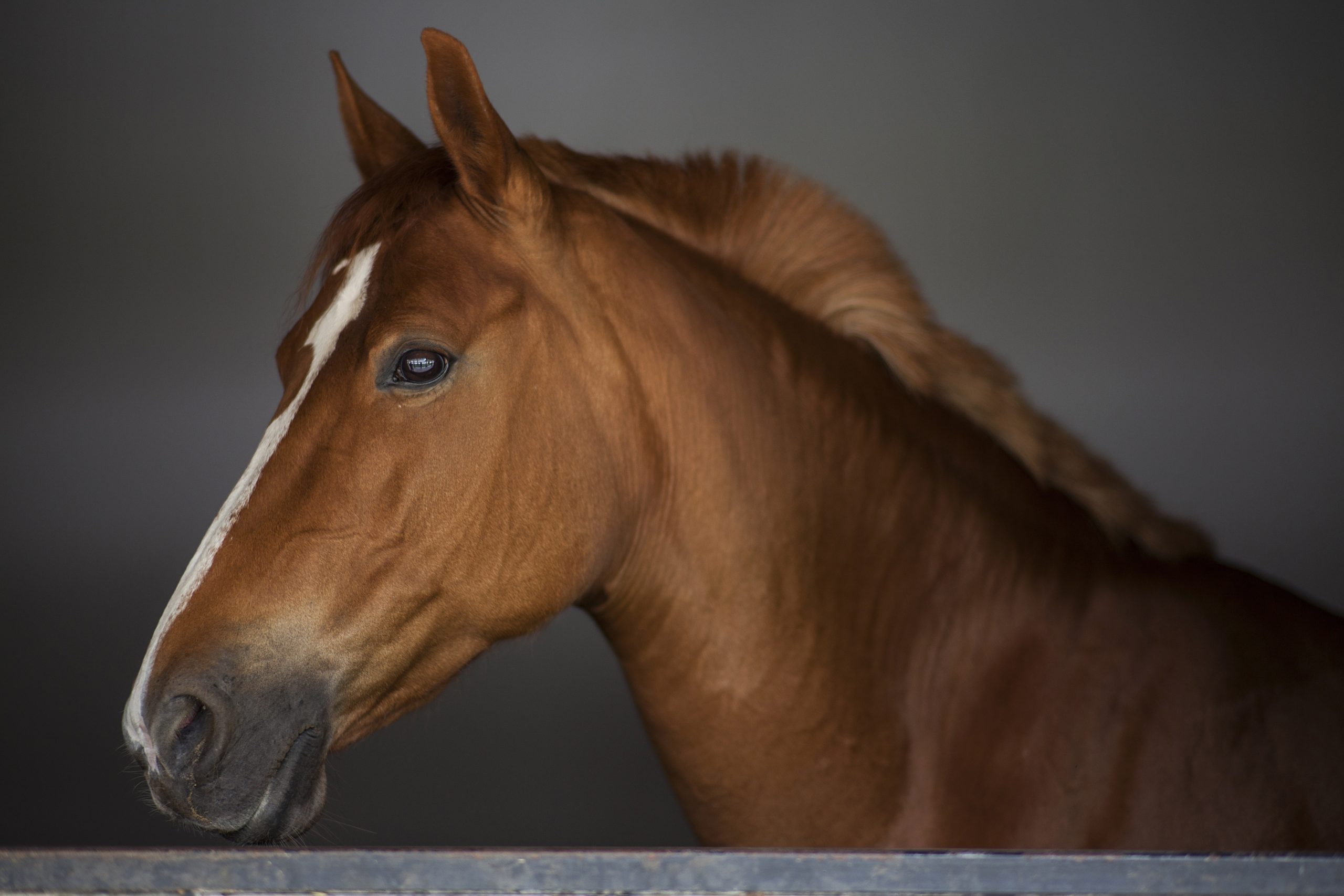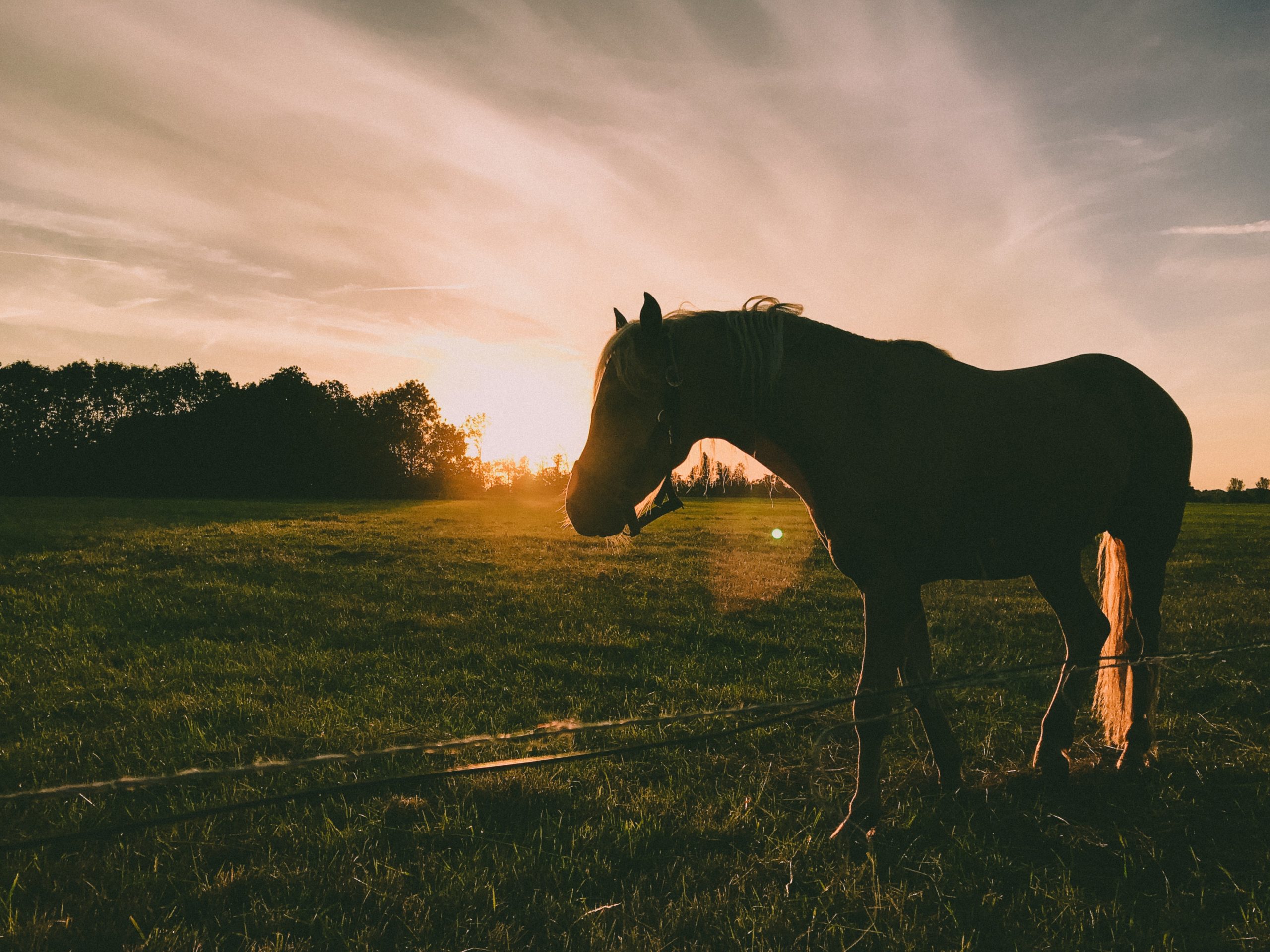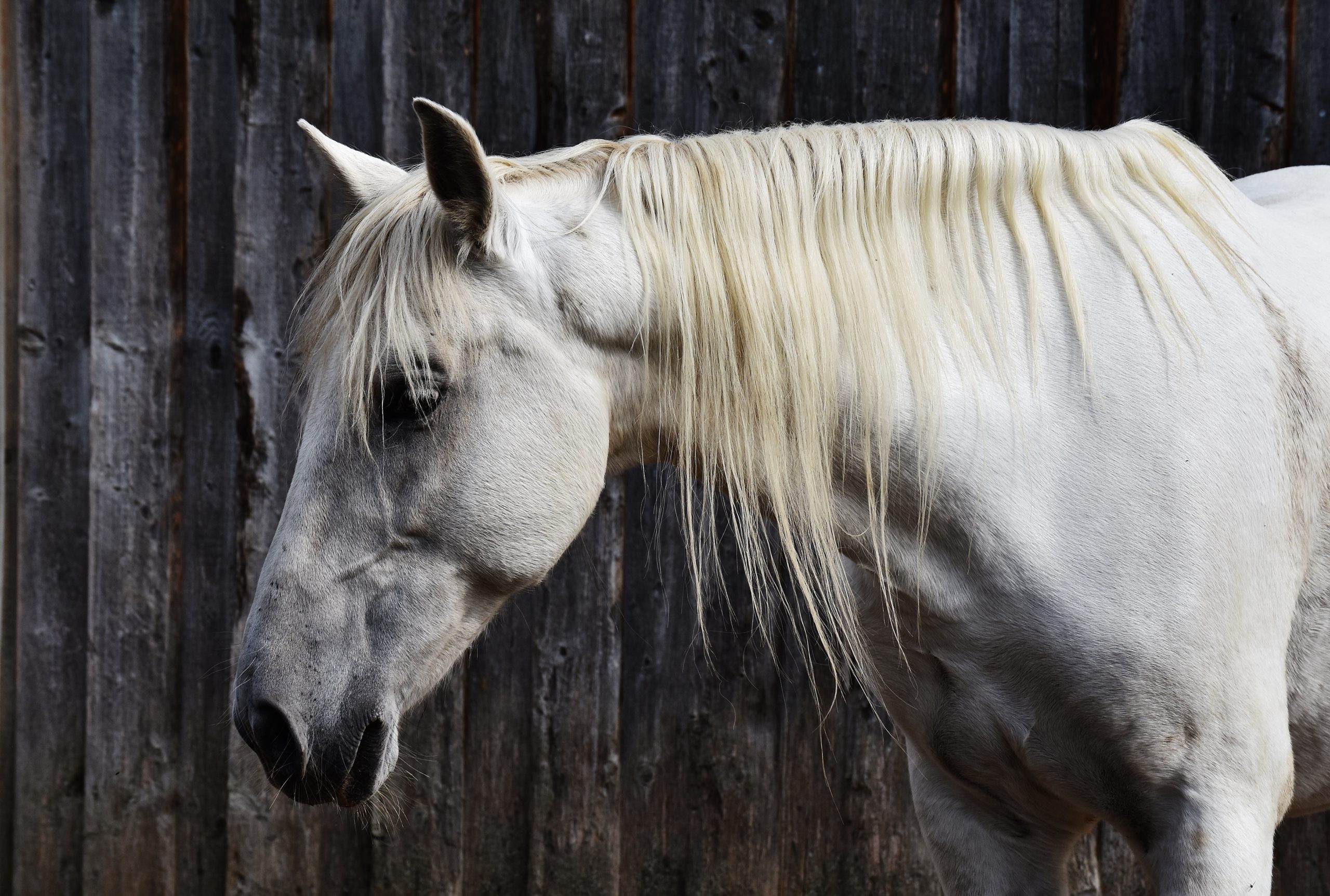Details of the Equine Digestive Tract
Grass, hay, and grain go in one end of the horse and what’s left comes out the other…what more does anyone need to know about the digestive tract?
For owners who want to keep their horses healthy, the answer is: “Plenty!”
Horses are herbivores, or plant eaters. Unlike cattle and many other cud-chewing herbivores, horses are not ruminants.
The horse’s digestive system is made up of the foregut (stomach and small intestine) and the hindgut (cecum and colon). Each part has an important function, and each can also be the site of problems ranging from the slightly troublesome to the deadly serious. An understanding of the structure and function of each section of the system can help horse owners keep their equine charges free of digestive upsets.
Mouth
Digestion begins in the mouth as horses chew their feed, grinding it into smaller pieces and moistening it with saliva. Amylase, an enzyme in the saliva, begins the process of breaking down carbohydrates.
Saliva also helps food travel smoothly through the oesophagus, the four-foot-long tube leading to the horse’s stomach. Food that is too dry may stick in the oesophagus, contributing to a condition called choke. While not the same as choking in humans, this is still a serious situation that might require veterinary treatment.
What owners can do: To be sure the horse can chew properly, schedule dental checkups once or twice a year to smooth any jagged edges and make sure the horse’s teeth are properly aligned. Owners of choke-prone horses can soak feeds, or add water to grain and hay before feeding. All horses should have a constant supply of clean water.
Stomach
Swallowed food moves down the oesophagus to the stomach, a relatively small organ with a capacity of only two to four gallons. The organ’s limited size is well suited to processing a continuous supply of food, such as when the horse is grazing or picking through hay. A large grain meal, however, may overfill the stomach, causing distention, discomfort, and signs of colic.
Long periods with nothing to eat can also cause problems because the stomach continues to secrete gastric acid even when it is empty. Without the buffering function of saliva, which is produced only while the horse is chewing, digestive fluids can cause ulceration of stomach tissues.
Although there is little absorption of nutrients at this location, digestion of protein begins in the stomach through the action of pepsin and hydrochloric acid. The stomach also regulates the rate at which feed passes into the small intestine.
What owners can do: Stay close to a natural feeding pattern by allowing the horse to graze or eat hay as continuously as possible. Rather than offering one large meal, split daily grain rations into two or more small feedings of less than 2.25kg each.
Small Intestine
This tube-like organ can reach 70 feet (22 meters) in length, and food usually takes from one to eight hours to pass from one end to the other. Various digestive enzymes break down protein, fat, and carbohydrates, allowing nutrients to be absorbed by the blood.
The makeup of this enzyme mixture changes in response to dietary modifications, with several days required to make the adjustment. Sudden variations in the type or amount of feed can result in less than optimum feed breakdown, keeping the horse from getting the maximum benefit from what has been eaten.
Ideally, most of the starch portion of the diet is digested in the small intestine, leaving very little except fiber to pass into the large intestine. If the horse has eaten an extremely large grain meal or a great quantity of fresh grass, the digestive ability of the small intestine may be overwhelmed, resulting in a significant amount of starch being passed to the large intestine.
Problems in the small intestine include hypermotility (spasmodiccolic); twisted sections that cut off circulation and passage of food; and intussusception, a condition in which part of the intestine becomes telescoped upon itself.
What owners can do: Feed small grain meals of no more than 2.5kg. Monitor consumption of fresh grass, especially for animals that are being turned out to pasture after long periods of stalling. Introduce new feeds gradually by mixing a handful of the new ingredient into regular feed and increasing by small quantities at each successive meal until the full amount is given. Make changes in hay or forage the same way. This method allows the intestine to adapt slowly to the modified diet, a process that should take about 7 to 10 days.
Caecum
Bacteria, protozoa, and fungi in the caecum aid in the fermentation of dietary fibre, producing volatile fatty acids, an important source of energy. The process also gives off enough heat to keep the horse comfortably warm in chilly weather. Caecal microbes synthesize vitamin K and the complex of B vitamins.
Excess starch that is not digested in the small intestine accelerates caecal fermentation. This causes overproduction of gas and lactic acid, and severe abdominal discomfort may follow. Changes in pH disturb the microbial balance within the caecum, leading to the production and absorption of toxins, and the result is often laminitis.
What owners can do: Make every effort to avoid upsetting the balance of microorganisms in the hindgut. Any change – mouldy feed or hay, schedule variations, travel, stress, deworming, illness, use of antibiotics etc. – can be a threat to digestive health, so these changes should be minimized or made slowly so that the organs of digestion have a chance to adapt. A course of probiotics, preparations designed to keep the microbial population of the caecum vigorous, may be given during stressful times. A veterinarian can advise on the use of probiotics.
Colon
Mainly a site of fluid absorption, the colon can also be a source of colic pain if material stops moving freely. The colon makes two tight folds or turns where its contents sometimes become impacted, leading to a buildup of gas and possibly twisting. Food moves slowly through the hindgut, completing the transit in about two days. Under normal circumstances, indigestible portions of the feed are passed from the body as manure.
What owners can do: Build the horse’s ration around high-quality roughage, adding concentrated feeds only as needed to meet the demands of reproduction, growth, or performance. Provide a constant supply of water. Follow a regular schedule of deworming, dental care, and exercise. Careful management will go a long way toward avoiding digestive problems.




